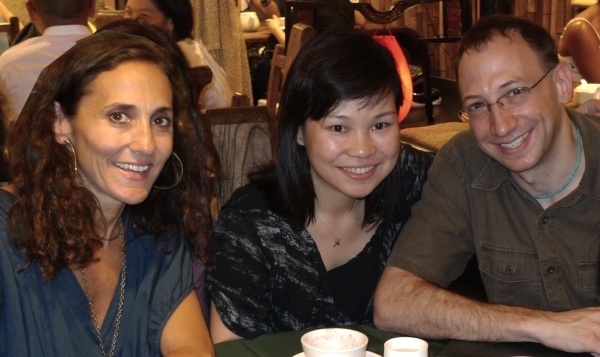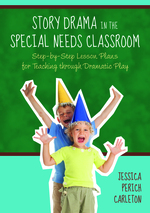“We hope that the readers will be able to read this book and reconsider their own work, no matter where they work. Although globalisation is often thought of as damaging to local culture, the spread of information gives us all ways to learn from each other. Considering the benefits of meditation, holistic health and collectivist values as they apply to art therapy provides an angle that is not reflected in other literature. Instead of looking for a new series of techniques or interventions, we hope that readers will discover fundamentally new ways of conceptualising both their work and how they work.”









